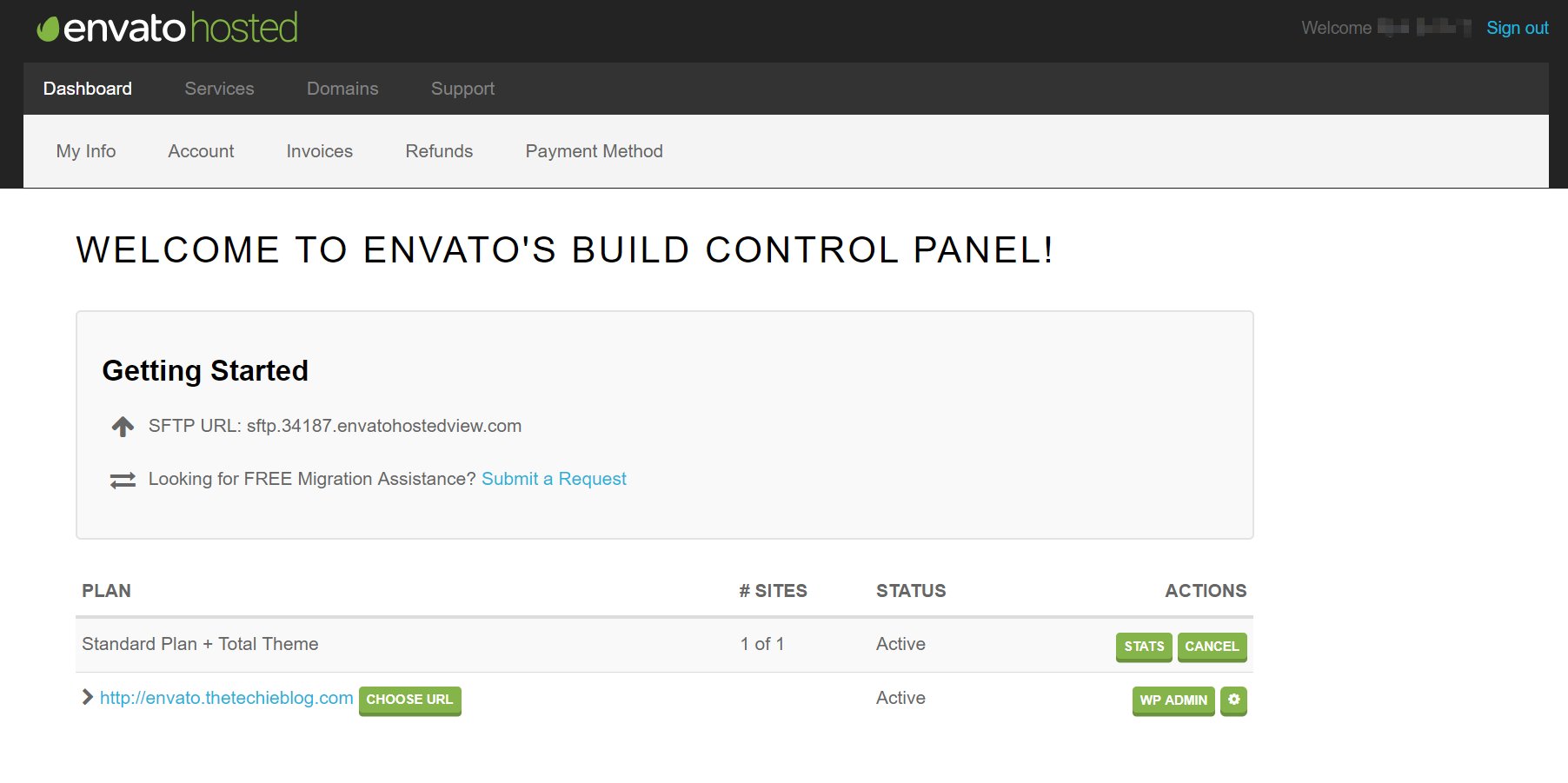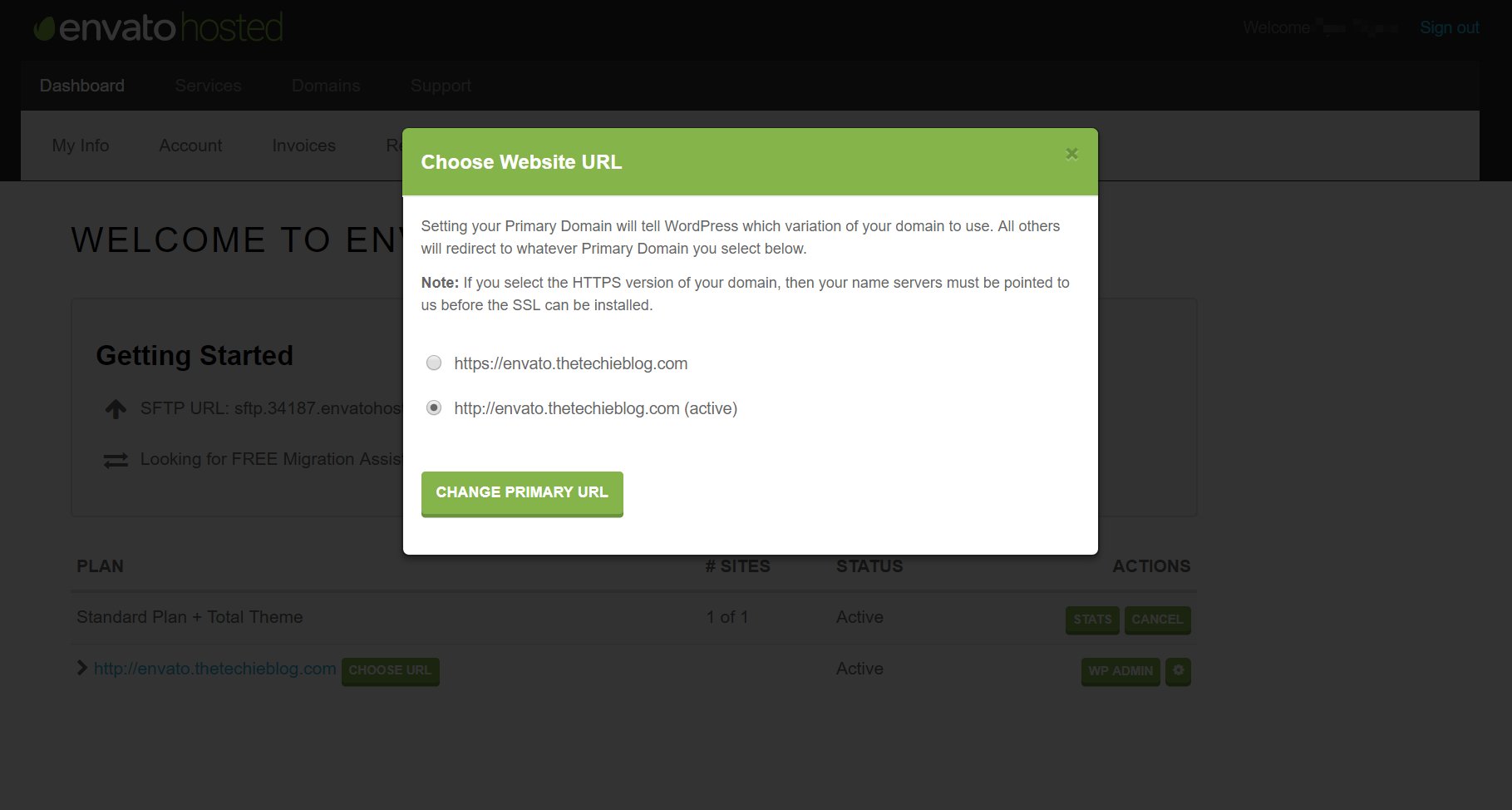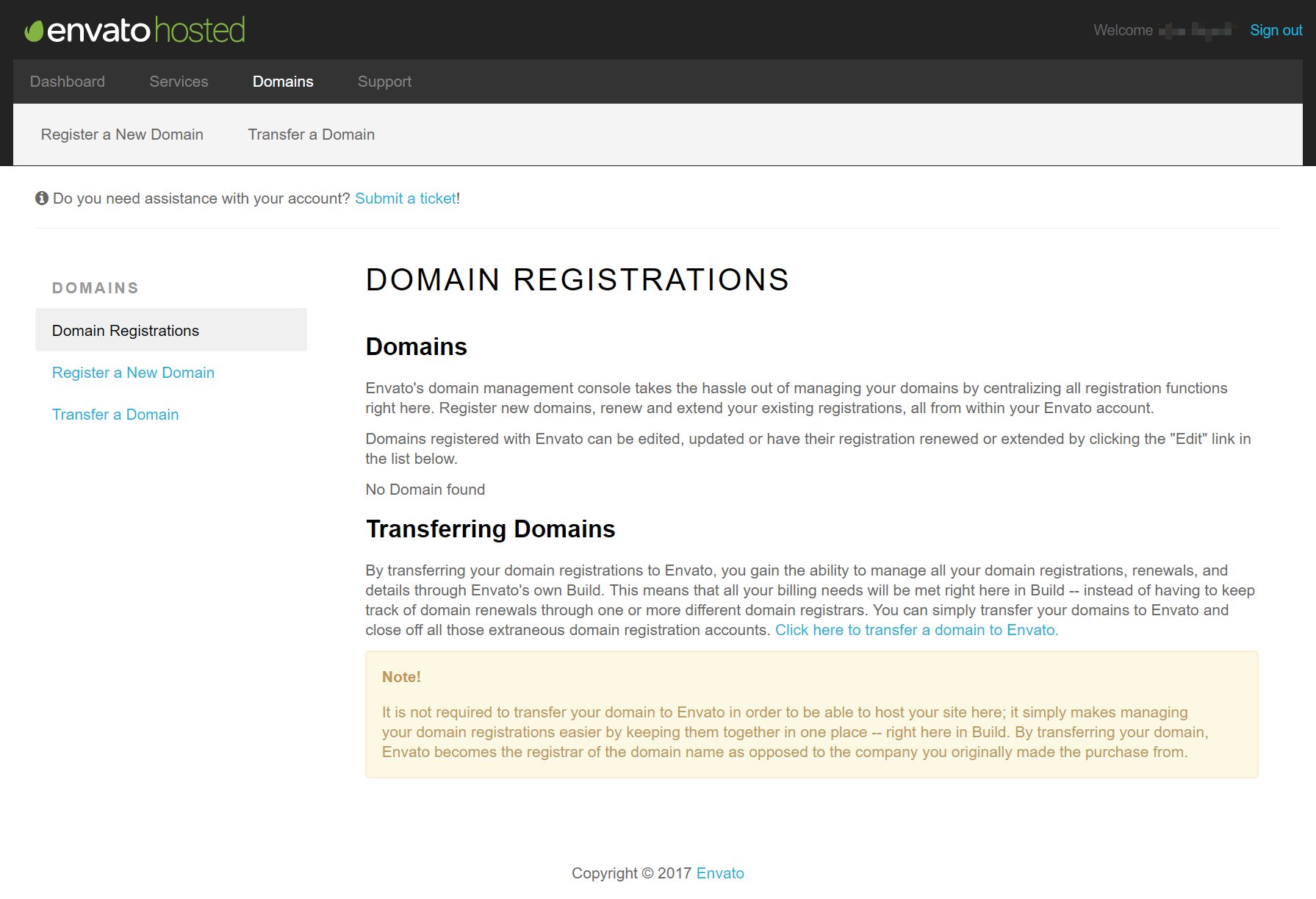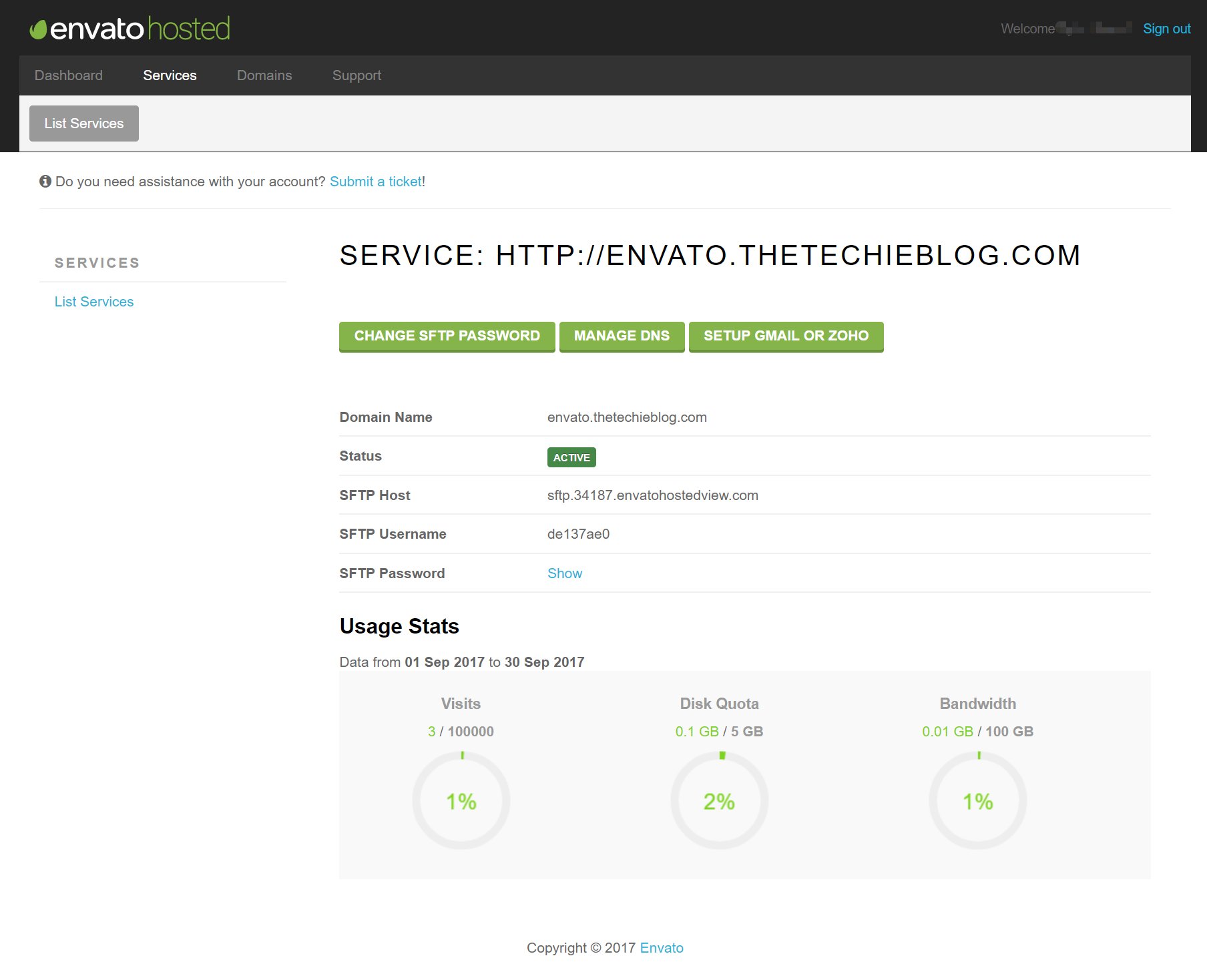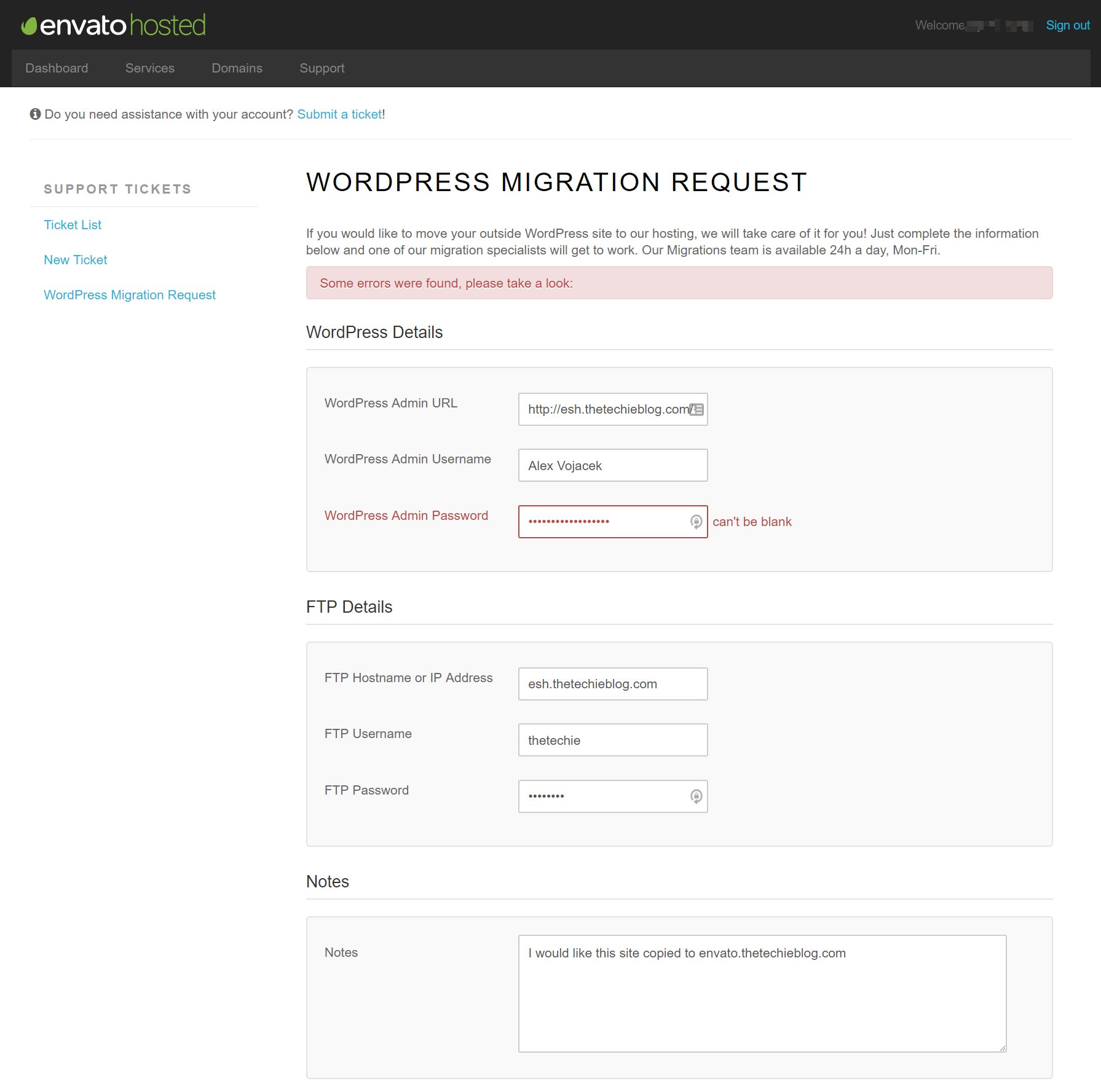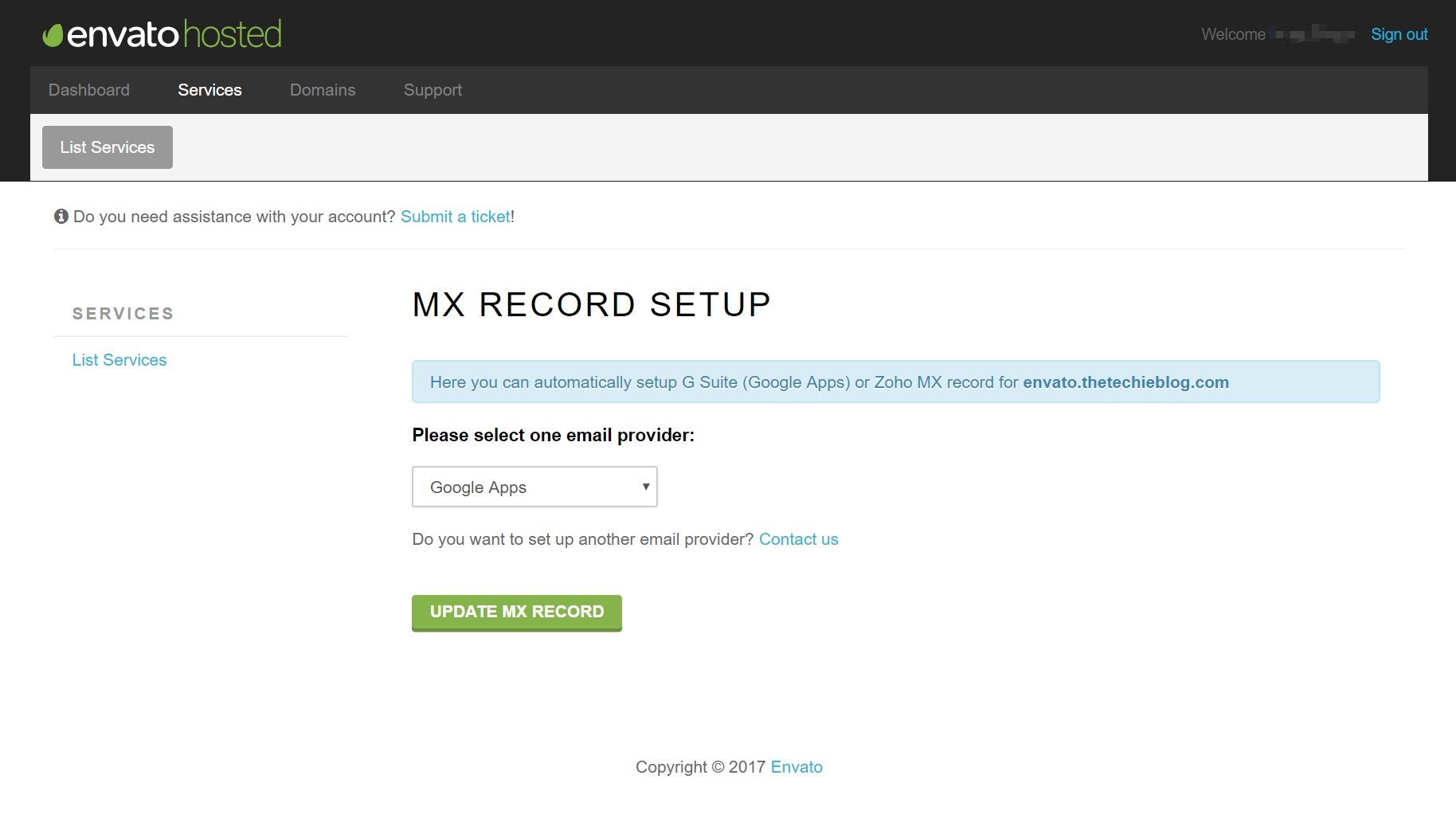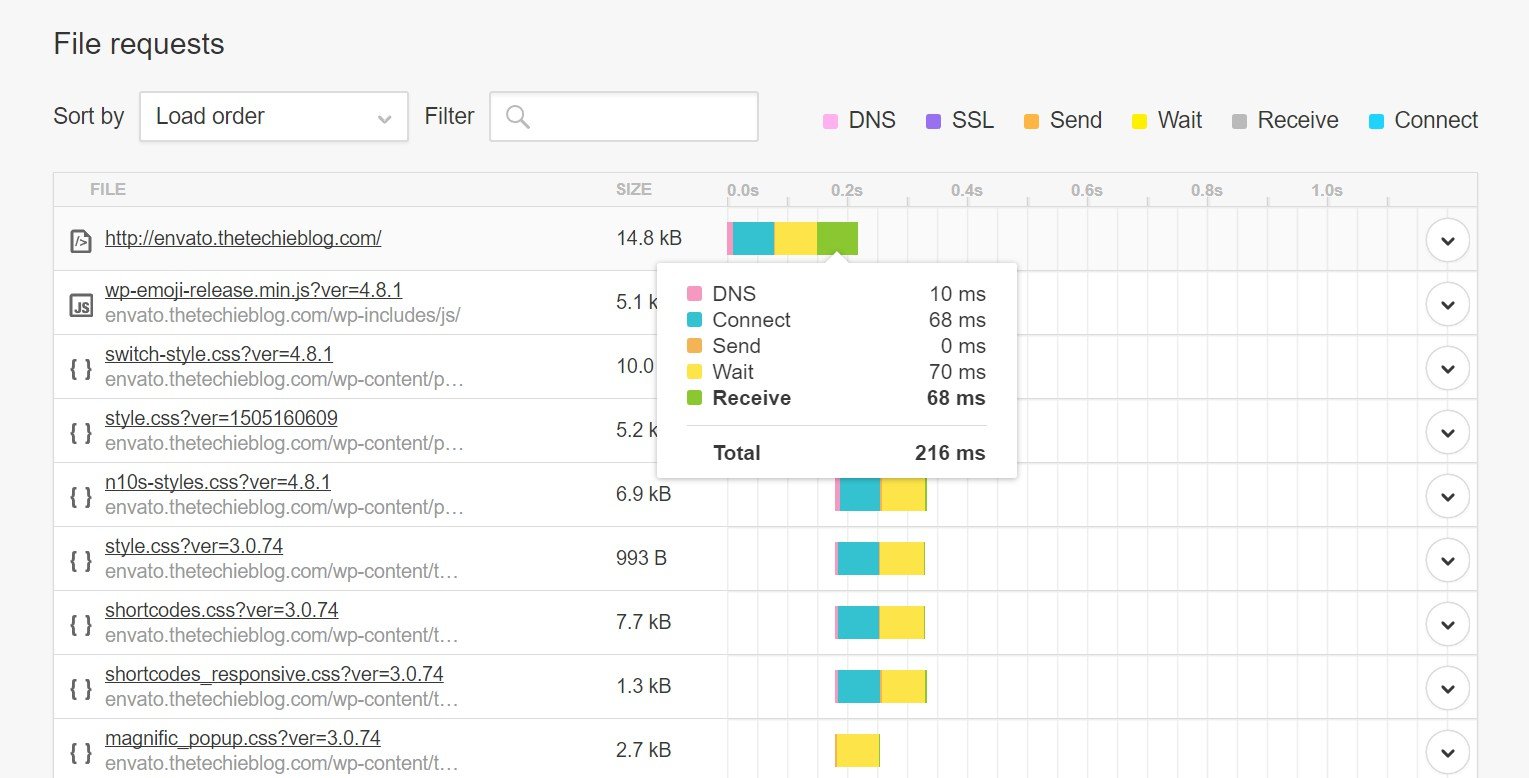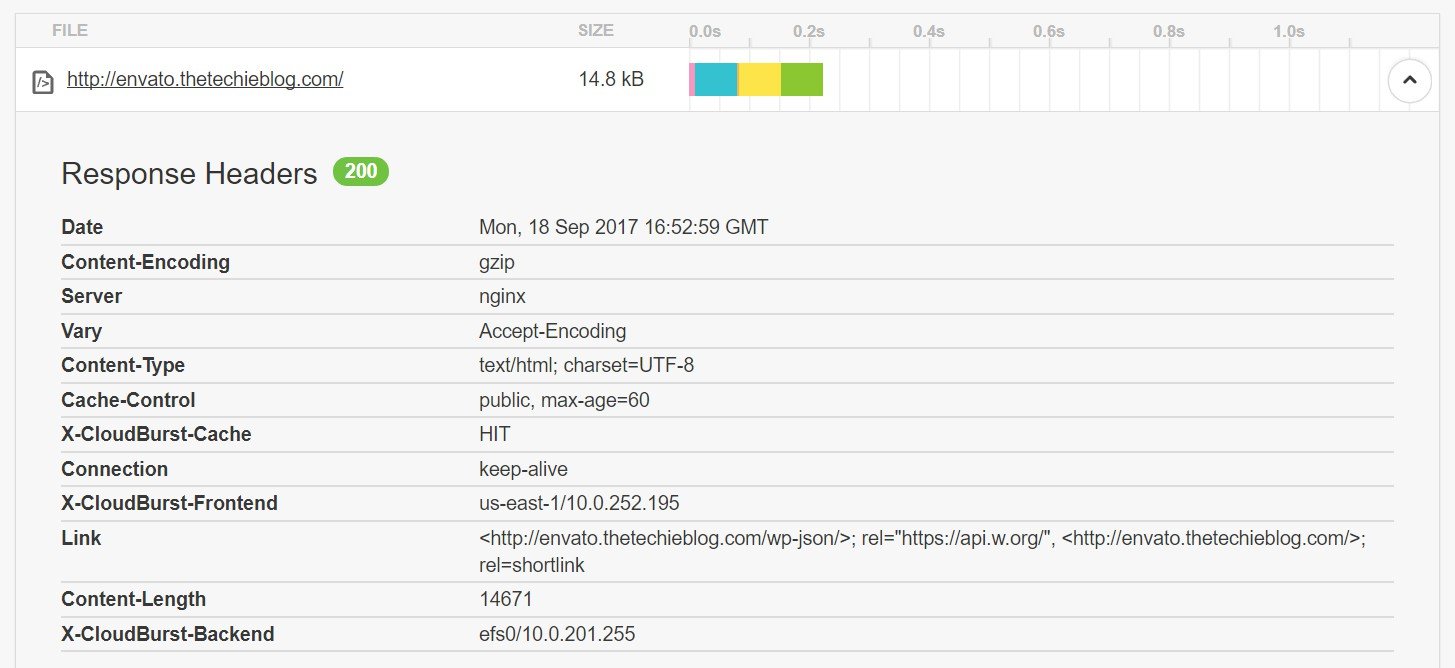In recent years, owners of bars, cafés, bakeries and restaurants have realized that they need websites. In fact, most food service businesses now have a site, even if they're only using it to display information like hours, days of operation, menu, physical address, contact phone numbers and photos. In this farm-to-table guide, I'll show you how to blog on WordPress to bring in more patrons and diners.
Of course, the basics are important to customers, but if the highlight of your restaurant's site is your hours of operation, you're leaving a lot of meat on the bone (pun intended).
Your website should be a hub of activity — coupons, reviews, recipes — not just a resource for ordering takeout.
If you're looking for new ways to market your restaurant, cafe or bar, you should consider adding a blog to your website. Blogging is a proven way to get people to your site (and then in your door). Let me show you how.
How to blog on WordPress in 5 steps
People search online for everything from "best burgers near me" to "how to grill salmon." Once they've found you, it's just a short hop to "Get Directions."
Decide how to add WordPress. Set up your blog. Add features via plugins. Create appealing content. Promote your blog posts. First, let me give you a little background on what makes WordPress the ideal blogging tool for the food service industry.
Why WordPress?
We're going to focus on how to build and grow your blog using WordPress, so it's important to first understand what WordPress is and why you need it. WordPress is one of the most powerful blog platforms on the web.
With WordPress, you can easily upload a website theme, add pages, write blog posts, modify images and utilize plugins to create a beautiful and engaging experience for readers of your blog.


Good photos are key to any hospitality blogger. The reader needs to taste that drink.Photo: andrew welch on Unsplash
WordPress is one of the most user-friendly blog platforms you'll find. In fact, you can add a WordPress blog to your site in just 7 steps. Many hosting providers even have one-click install options for WordPress that will save you jumping through a lot of the technical hoops. One of the easiest is GoDaddy's Managed WordPress. It's an affordable and carefree way to install WordPress in just a few clicks. No fuss, no muss.
Any restaurant owner who uses WordPress as their blog builder is in very good company.
Simply put, WordPress is one of the best ways to easily add a blog to your current website or to create a site from scratch, complete with a blog. Sites like TechCrunch, Disney, Bloomberg and Momofuku, run by restaurateur and chef David Chang, were all created using WordPress.
So now that you know how popular it is, all you need to do is decide how to apply WordPress to your restaurant game plan.
1. Decide how to add WordPress
You have a few options for adding a blog to your restaurant's website. There's no right or wrong process, but you will need to pick one of the options below before you set up your blog.
Option A: Buy a new domain name and install WordPress on it
If you have an established website on a non-WordPress platform that you absolutely love and cannot fathom changing, then this option might be for you. If you go this route, you'll need to pick a domain name for your blog.
When picking your domain, remember to keep your brand in mind. Unless it matches your brand image, avoid using misspellings or a witty play on words that would make it difficult for people to easily find your blog online.
Better yet, use the Quick Start Wizard that comes with GoDaddy Managed WordPress to start a site in no time. It's pretty intuitive.
Option B: Transfer your current website to a WordPress theme with a blog
Another way to add a WordPress blog is to simply convert your entire website to WordPress and find a theme that has a blogging component included. Themes are basically pre-built templates that make it easier to get started building. You just pick a theme you like, then write your own text and swap out the pictures (if you like). There are thousands of them, some free, others for a fee.


A theme like this one allows you to get your website and blog up and running quickly.
There are thousands of free WordPress themes created for small businesses and restaurants specifically. If you want something more custom, you can find companies that create unique WordPress themes to precisely match your needs.
By finding a WordPress theme that has a blog already added, you can reduce the time and resources that go into having separate sites, logins and domains for your brand.
Option C: Add a WordPress blog to your existing website
A hybrid solution to the two options above is to create a subdomain or subfolder on your website and perform a fresh WordPress install on that subdirectory. This route would require you to create a new directory (on a subdomain such as blog.YourDomain.com or YourDomain.com/blog) so your blog would be a completely separate website even though it has the same top-level-domain as your main website.
In other words, you can keep your current domain name for both the website and your blog. This guide gives more details on how to add and manage subdomains on GoDaddy.
From a marketing standpoint, this option is the best.
By adding a blog to your current website and domain name, you won't be introducing a second domain name to confuse patrons. With this option, all your customers ever see is your primary domain name. If they're already visiting your website, this web address will be familiar to them.
Pro tip: If you've already built your business website on WordPress, it's even easier. All you have to do is add a new page and designate it as a posts page. Read this article for a more in-depth look at the steps, and then start blogging!
2. Set up your blog
Once you've decided how to add a WordPress blog to your website, the next step is to set it up. Many hosting providers, including GoDaddy, have one-click installs for WordPress. Alternatively, you can download WordPress and install it manually to your directory.
After you've installed WordPress, you'll then need to decide on a theme. Each theme comes packed with several files that collectively work to produce an blog that's appealing to you and your customers. Most themes have customization options that let you modify certain elements.
For instance, a theme might have a management panel that lets you modify theme colors, fonts or other elements of your site without any HTML or CSS coding skills. For details, check out this terrific post on modifying themes.


Spend some time setting up WordPress — this will save time later.Photo: Rhett Noonan on Unsplash Modify your basic settings
After you've settled on a theme and have it set up, there are a few quick settings adjustments to make to get your WordPress blog rolling.
Make sure your blog is visible to search engines
When you first install WordPress and begin setting up your blog, you don't want search engines to find your site because it's still a work in progress and not ready for public viewing. However, when you finish your blog and you're ready for visitors, you want to do everything in your power to help search engines (and therefore readers) find your site.
WordPress has a nifty feature called indexing and no-indexing, which lets you easily hide or show your site to search engines.
To access this feature, navigate to WordPress Backend > Settings > Reading > Search Engine Visibility. When you're ready to show your blog to the world, make sure the box entitled "Discourage search engines from indexing this site" is unchecked to have your site crawled by search engines.
Optimize your permalinks
Another very simple way to increase your site's visibility is to optimize your URLs or permalinks. A permalink is another word for the static URL that directs people to a specific web page. For instance, a permalink to GoDaddy's Blog would be "www.godaddy.com/garage/" and anyone who clicks on that link would be taken directly to the GoDaddy Blog.
When you do a fresh install of WordPress, the default permalink is "www.website.com/?p=123" which is neither user-friendly nor search engine-friendly. Rather, you should adjust the permalink structure to be the post name or "www.website.com/sample-post/" (separating words with dashes as shown). This is much better for both human readers and for search engines.
Customize your permalinks by navigating to WordPress Backend > Settings > Permalinks and selecting "Post name" as your format.
Update your Site Title and Tagline
When you install WordPress, there is some general filler content that WordPress adds to the site. One of these fillers is the tagline for your site, which generically becomes, "Just another WordPress site" upon installation. Your site title and tagline aren't just fluff — they actually play a part in how your pages rank in search engines so this is important.
Create a site title and tagline that are relevant to your brand, industry and highly-searched keywords. To modify your site title and tagline, navigate to WordPress Backend > Settings > General.
3. Add features via plugins
Plugins are one of the reasons WordPress is so popular. Plugins are small files that you can add to your WordPress directory to perform a particular function or process, like updating your menu or accepting reservations online. There are more than 45,000 free plugins for WordPress, and more are added every day.
There are plugins to fulfill almost every possible function that you could want. For instance, there's a plugin that adds a Yelp widget to your blog. Then there's the one that enables you to add your restaurant menu to your blog (might as well, right?). There's even a plugin to collect emails from readers to grow your email marketing list. But that's just the tip of the iceberg. For more top plugins for the food service industry, look here.
Simply put, if you want to add a feature or create an action for your user, there is likely a plugin that's already been built to achieve your goal. If you can't find a plugin for your need, then you can easily find WordPress developers to build your plugin from scratch.
4. Create appealing content
By this point, you should be ready to start adding photos, videos and text to your blog. Below are a few quick tips to help you become comfortable with creating blog posts in WordPress.
Learn your way around WordPress
Before you ever start writing a blog post, get comfortable with how to use WordPress to create and publish a blog post. First, navigate to the blog-writing section in your dashboard by going WordPress Backend > Post > Add New.
When you're on this page, you'll notice a number of important sections:
Title area is where you'll write your blog post's title. Content area is the largest area, where you add words, photos and other elements using an easy text editor. Publish settings is where you save your post as a draft, publish it now or on future date, or delete it. Format varies depending on your theme; most bloggers choose "standard" for their format. Categories help readers find posts on particular topics. Create categories for regular blog topics. Tags appear under categories and are less-frequent topics than categories. A featured image can be set in the box below the tags. Choose one that fits the dimensions of your theme. Discussion — allow comments or trackbacks (notifications when someone links to your blog post) here. Author is where you give credit to the writer for each post. 

What if I can't find one of these sections? On the image above, you can see a tab at the top right called "Screen Options." This is where you can modify which sections are visible to you on that page. Make sure whatever section you want to control is checked, and then it will be editable. Create great blog posts
This might seem obvious, but the best way to run a successful restaurant blog is to create content that people love and want to read and share. This concept isn't unique to restaurants — it's how any blog succeeds.
Before you start writing, take time to think about what your diners care about. For instance, if you run a vegan restaurant, your target reader probably cares about sustainability and nutrition. Thus, you should create blog posts that talk about those topics, sharing vegan recipes and other relevant information that resonates with your customers.
Great photos that will have readers salivating is key. Get tips on nailing it here.
All of your posts should serve the bigger purpose of communicating your unique identity. If you run a fun, wit-inspired restaurant, then your blog articles should reflect that. Your blog is an opportunity for you to drive home your brand's message, so think about content that engages your target audience, but also reinforces what your brand stands for.
One strategy for coming up with great blog ideas is to look at what others in your industry are doing. Let's use that vegan restaurant again. This post from Running On Real Food lists 20 different vegan-based blogs to follow. Check them out to find content ideas and topics that seem to do well with vegan readers.
5. Promote your blog posts


Get people to read your blog posts and they'll soon be in buying your food.Photo: Brittany McNitt on Unsplash
Creating blog articles is crucial, but another step that's often forgotten is making an effort to bring people to them. You can write the most amazing blog article, but if nobody sees it then you're not going to be pleased with the results (because there won't be any).
Here are some channels to consider using to promote your posts:
There are mixed feelings about how often you should promote content, but generally speaking, you should promote your post until it's no longer relevant, you're tired of promoting it, or your audience is tired of hearing about it.
For more tips on getting your blog noticed — including search engine optimization, collaborating with industry experts, and getting quoted by journalists — read this.
How to blog on WordPress explained
Cafes, bakeries, bars and restaurants need to have websites to survive in today's highly competitive market. To help your establishment stand out from others — and get found by all those hangry people Googling "pizza/Thai/cocktails near me" — you should consider adding a blog to your website.
WordPress is arguably the most powerful platform to build a blog and is certainly one of the most popular options. I hope the guide above has showed you how to blog on WordPress. Make it one person's job to post to the blog every week — then watch as reservations, foot traffic and (who knows?) media coverage increases.
Download our free checklist for 5 ways to increase foot traffic to your restaurant.
Image by Constance Chen on Unsplash
Source:
Farm-to-table guide: How to blog on WordPress











